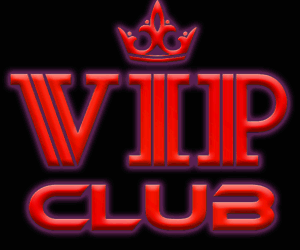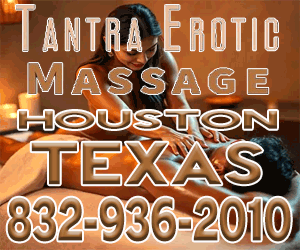I have a patient that I have been seeing for over 2 years, date of injury March 1, 2001 which is work related. With doctor prescription I have been working under icd codes lumbar disc displacement, lumb/lumbosac disc degen, lumbosacral neuritis nos and postlaminect synd-lumbar. He has had lumbar fusion 4/5 and sacral. About a year ago the patient had a long car trip about 7 to 8 hours one way for family funeral. which really caused a flare up, since then he has had surgery to remove scar tissue around the fusion, this made the situation worse. He then had trial on neuro-stimulator, which did not help. Find SOAP notes below
SUBJECTIVE COMPLAINT:
“I feel better, I haven’t been doing anything though.”, remarks the patient. Z notes pain in the following areas: the right calf both front and back and the top of right foot and ankle, he does not mention any discomfort in the right hip. Z places his pain at a level 7 on the pain scale, pain drawing supports the above comments.
OBJECTIVE EXAMINATION:
Visual Examination; Z's gait is much improved over prior observation, he remains guarded. Sitting does not appear to be the problem that it was last session. The patient remains mindful of his movements and is restricted and guarded in the lower back.
Range of Motion Testing; No change, Z is guarded in his movement and his range of motion is limited for flexion and extension of the lumbar area and the area to which the pain is referred, lower right leg.
Palpatory Examination; Trigger/tender points are absent both sides for the piriformis. Hamstrings remain tight both legs.
ASSESSMENT:
The physician states the patient is suffering from (LUMBAR DISC DISPLACEMENT 722.10), (LUMB/LUMBOSAC DISC DEGEN 722.52), LUMBOSACRAL NEURITIS NOS 724.4) AND (POSTLAMINECT SYND-LUMBAR 722.83)
Action Taken: Prone, supine and seated position used in treatment massage session, areas warmed by friction and effleurage. Compression strokes, acupressure, percussion, myofacial release and tapotement used on areas identified above. Z was able to tolerate massage to the right leg.
Functional Outcome: “Feels better, it’s a 5”, notes Z. Walking appears easier in his stride, not as tight. Massage as a complementary component of treatment appears to assist the patient in the relief and management of pain as indicated by the patient
PLAN:
The goal is to assist in the relief and management of pain which the patient feels. The treatment plan for the patient as directed by the physician is massage therapy, which will increase flexibility and circulation, which should reduce hypertonicity and increase the range of motion to the affected areas. The patient will be seen one time per week for 8 weeks. The length of sessions is approved for 45 minutes. Treatments are to begin June 25, 2007 and end August 25, 2007.
ANY SUGESSTIONS
SUBJECTIVE COMPLAINT:
“I feel better, I haven’t been doing anything though.”, remarks the patient. Z notes pain in the following areas: the right calf both front and back and the top of right foot and ankle, he does not mention any discomfort in the right hip. Z places his pain at a level 7 on the pain scale, pain drawing supports the above comments.
OBJECTIVE EXAMINATION:
Visual Examination; Z's gait is much improved over prior observation, he remains guarded. Sitting does not appear to be the problem that it was last session. The patient remains mindful of his movements and is restricted and guarded in the lower back.
Range of Motion Testing; No change, Z is guarded in his movement and his range of motion is limited for flexion and extension of the lumbar area and the area to which the pain is referred, lower right leg.
Palpatory Examination; Trigger/tender points are absent both sides for the piriformis. Hamstrings remain tight both legs.
ASSESSMENT:
The physician states the patient is suffering from (LUMBAR DISC DISPLACEMENT 722.10), (LUMB/LUMBOSAC DISC DEGEN 722.52), LUMBOSACRAL NEURITIS NOS 724.4) AND (POSTLAMINECT SYND-LUMBAR 722.83)
Action Taken: Prone, supine and seated position used in treatment massage session, areas warmed by friction and effleurage. Compression strokes, acupressure, percussion, myofacial release and tapotement used on areas identified above. Z was able to tolerate massage to the right leg.
Functional Outcome: “Feels better, it’s a 5”, notes Z. Walking appears easier in his stride, not as tight. Massage as a complementary component of treatment appears to assist the patient in the relief and management of pain as indicated by the patient
PLAN:
The goal is to assist in the relief and management of pain which the patient feels. The treatment plan for the patient as directed by the physician is massage therapy, which will increase flexibility and circulation, which should reduce hypertonicity and increase the range of motion to the affected areas. The patient will be seen one time per week for 8 weeks. The length of sessions is approved for 45 minutes. Treatments are to begin June 25, 2007 and end August 25, 2007.
ANY SUGESSTIONS































































































